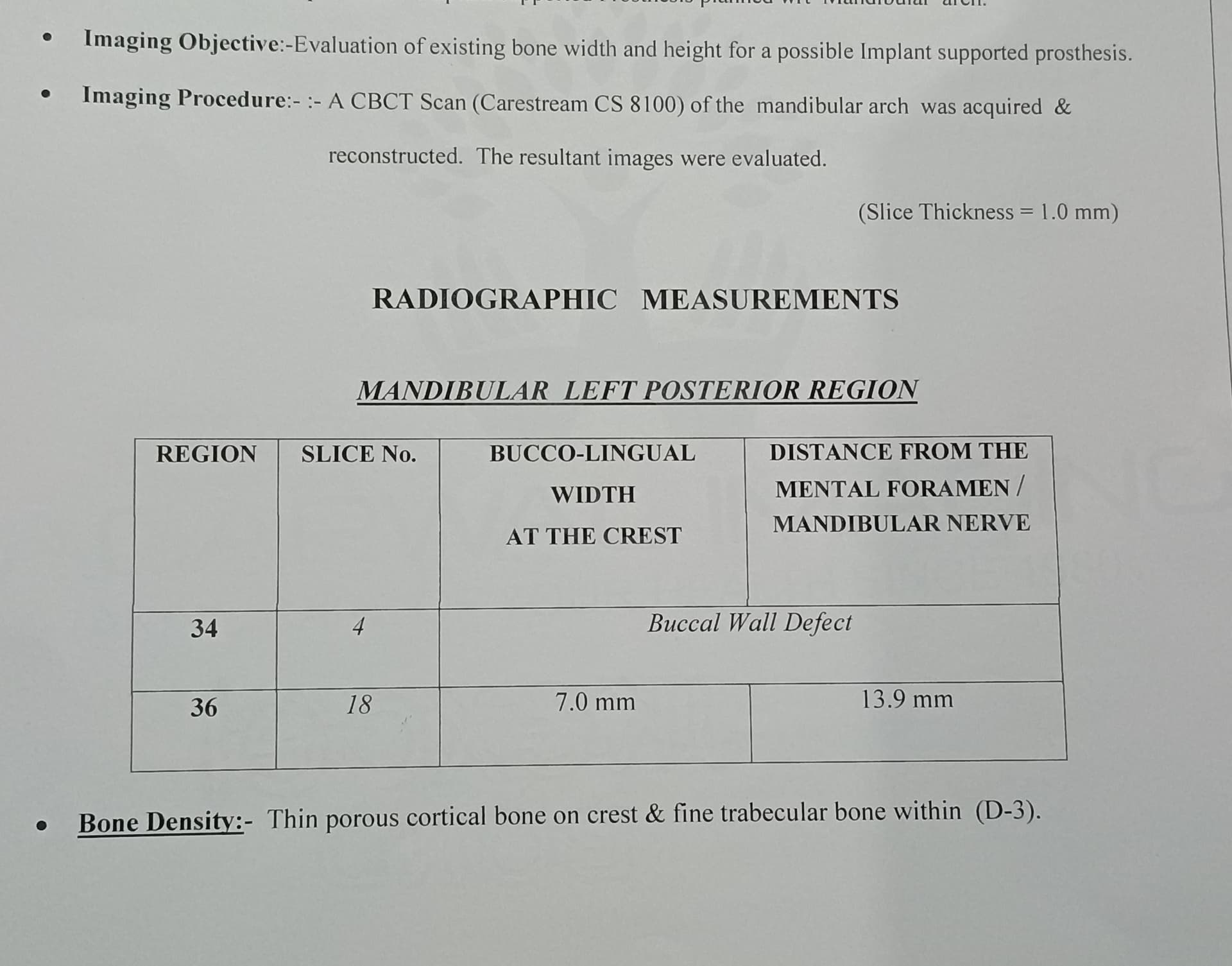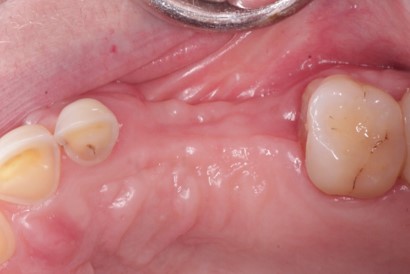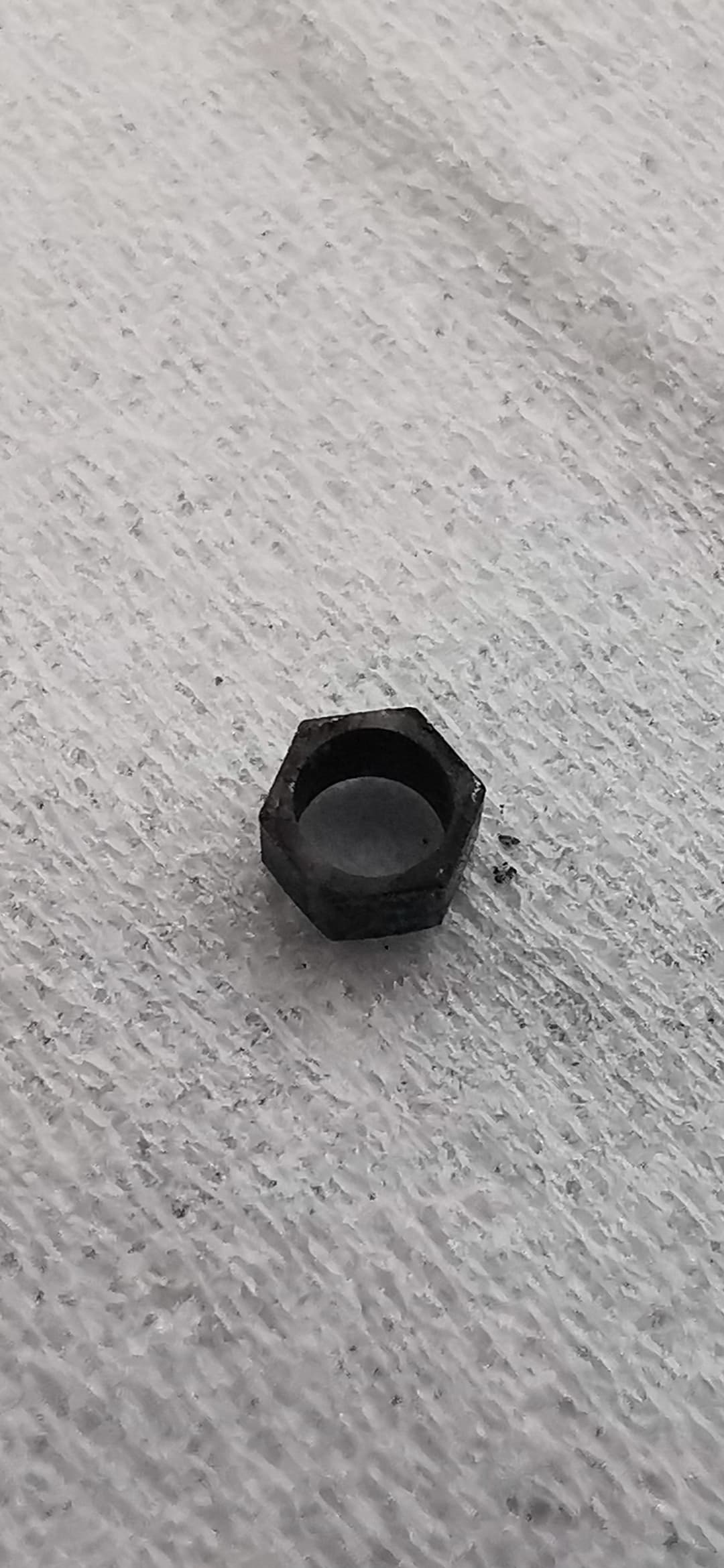Implant Frustration and Dilemma
I am in the process of getting 2 implants for teeth # 29 and 30 at a dental school. The implants are installed, and (as the x-ray below shows), posts temporarily placed in the implants when impressions were taken for the abutments and crowns.
After having a bridge for a decade, I was looking forward to having separate teeth that I could floss between. My doctor prefers to splint the 2 abutments / crowns together, and possibly go with a molar and 2 pre-molars with a pontic given the 20 mm spacing between teeth # 28 and 31 in the picture.
However, he is willing to make 2 molars (each ~10 mm) and not splint them together – my preference. I understand that with no ligaments to absorb the pressure from chewing, and no distribution of this pressure as with a splint, that there is some risk of premature failure. But the question is how much?
Before making a final decision, I would appreciate input from professional folks.
Questions:
1. Why the implants were not spaced more evenly between teeth # 28 and 31 is unknown to me. As installed, the crown for tooth # 29 will not be directly over the implant. Arg! For learning purposes at the dental school, and for my own interest, I plan to ask why they were installed as they were.
Other than removing them and starting over (not realistic), is there anything else that can be done with them given their location?
Assuming the implants are “it is what it isâ€, the alternatives are:
• 2 molar crowns non-splinted,
• 2 molar crowns splinted, or
• 1 molar crown and 2 pre-molars with a pontic to fill the 20 mm gap.
I’m concerned that regardless of the alternative, the crown for tooth # 29 is the weak link. That is, given the placement of the implants, there is a high risk that this crown will fail 1 or more times over the next 30 years.
2. Given the space between tooth # 28 and the implant tooth # 29, is a pontic needed regardless of the alternative chosen?
3. Is the risk any greater with alternative 1, my preferred alternative?
4. Alternative 3 was suggested because of the large space that needed to be filled. Is alternative 2 (2 molars each ~10mm) okay? Or is 10 mm too large for a crown, so alternative 3 would be better?


















